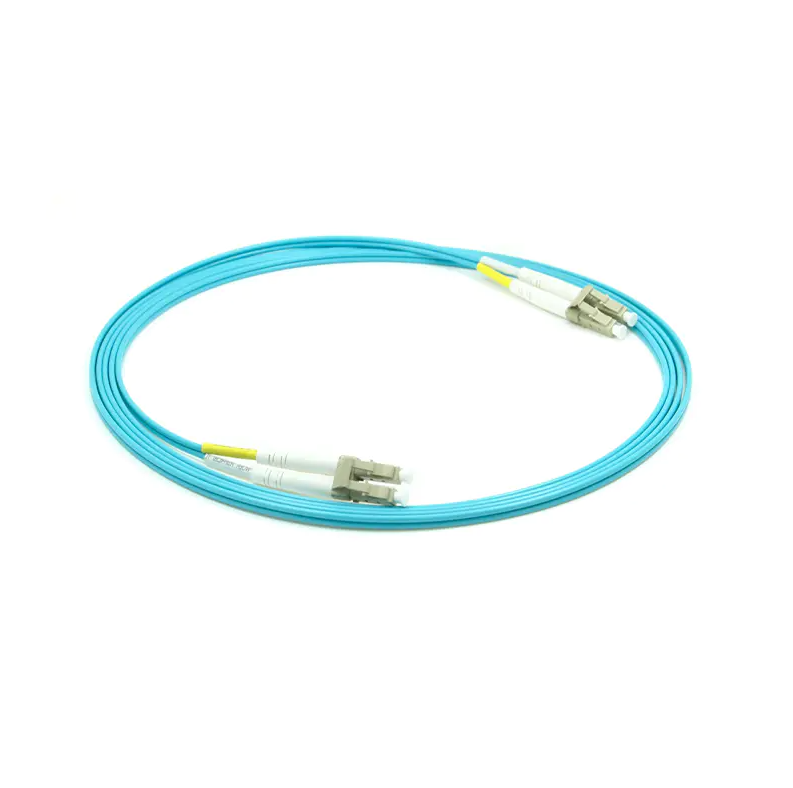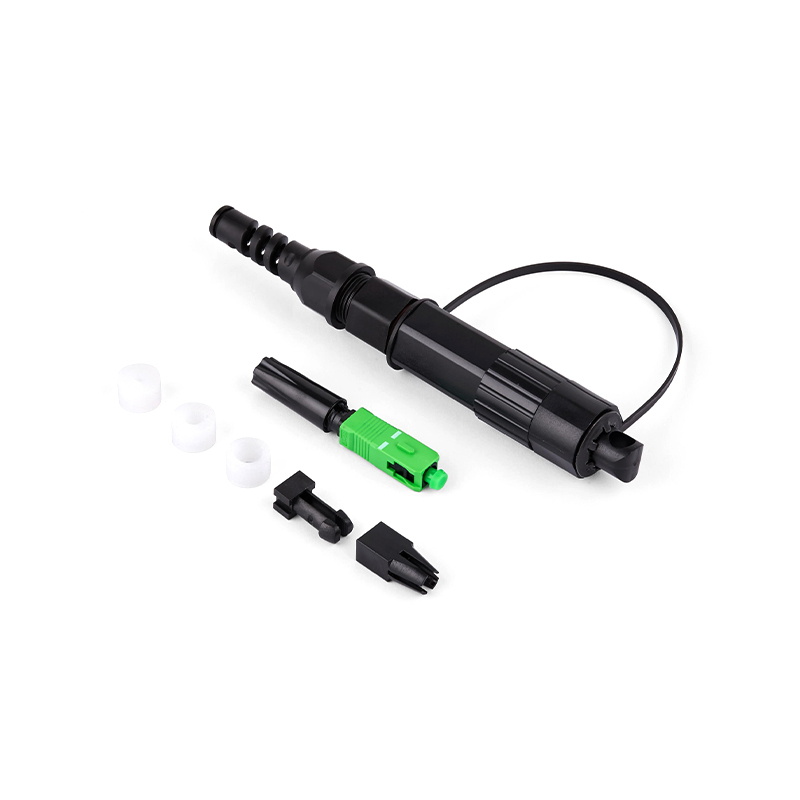What are the differences between OM2 and OM3 fiber optic patch cords?
2025-11-07
Choosing the right fiber optic patch cord is crucial when building modern high-speed data centers and network infrastructure. Within the multimode fiber family, OM2 and OM3 fiber optic patch cords are two common types, but they differ significantly in performance, applications, and cost-effectiveness.
Key Differences Between OM2 and OM3 fiber patch cords
Fiber Type and Optimization
OM2 fiber optic patch cords use standard multimode fiber.
OM3 fiber patch cords, on the other hand, are a laser-optimized multimode fiber (LOMMF), designed specifically for use with 850 nm serial laser (VCSEL) sources, significantly reducing intermodal dispersion and improving performance.
Sheath Color Standard
OM2 fiber optic patch cords typically have an orange outer sheath.
OM3 fiber patch cords have a light blue outer sheath for easy identification and differentiation.
Core Technical Parameters and Bandwidth
Although both OM2 and OM3 fiber optic patch cords have a core diameter of 50 micrometers, the bandwidth of the OM3 fiber patch cords far exceeds that of the OM2.
The typical bandwidth of an OM2 fiber optic patch cord at an 850 nm wavelength is approximately 500 MHz * km.
The bandwidth of an OM3 fiber optic patch cord typically reaches 2000 MHz * km, providing significantly greater data carrying capacity.
Supported High-Speed Ethernet Distance
The increased bandwidth is directly reflected in the supported transmission distance, a key differentiator between the two.
The OM2 fiber optic patch cord has a very limited transmission distance (approximately 82 meters) when supporting 10 Gigabit Ethernet.
The OM3 fiber patch cords can stably support 10 Gigabit Ethernet (10 Gigabits per second), easily achieving a transmission distance of 300 meters.
Application Focus
OM2 fiber optic patch cord: Traditionally suitable for Gigabit Ethernet or lower-speed network deployments.
OM3 fiber patch cords are the industry-standard medium for deploying 10 Gigabit Ethernet (10 Gbps), widely used in modern data centers and enterprise backbone networks, and also compatible with some short-distance cabling applications supporting 40 Gbps/100 Gbps.
High Bandwidth Potential
OM3 fiber patch cords offer significantly higher effective bandwidth than OM2 (typically four times or more), meaning they can carry more data and effectively reduce intermodal dispersion.
Foundation of 10 Gigabit Networks
OM3 fiber optic patch cords are the industry-standard medium for deploying 10 Gigabit Ethernet (10GbE), performing excellently in short-distance connections in data centers.
Compatibility and Upgrades
Because their core size is the same as OM2 (50 microns), OM3 fiber optic patch cords are physically compatible with existing fiber optic equipment, providing a smooth transition path for upgrading from legacy networks.
How to Choose?
If you are deploying or upgrading to 10GbE or even higher speed networks (such as data centers or high-performance computing clusters), OM3 fiber patch cords are a more forward-looking and cost-effective option.
If your network operates at gigabit (1GbE) or lower speeds and over shorter distances, OM2 fiber patch cords may be more attractive in terms of cost. However, considering future scalability, many enterprises still prefer to adopt OM3 fiber patch cords directly.
In today's rapidly evolving network environment, OM3 fiber patch cords have become the mainstream choice due to their support for high speeds and long distances. Upgrading to OM3 fiber patch cords is a crucial step in ensuring your network has the capability for high-speed data transmission for many years to come.











